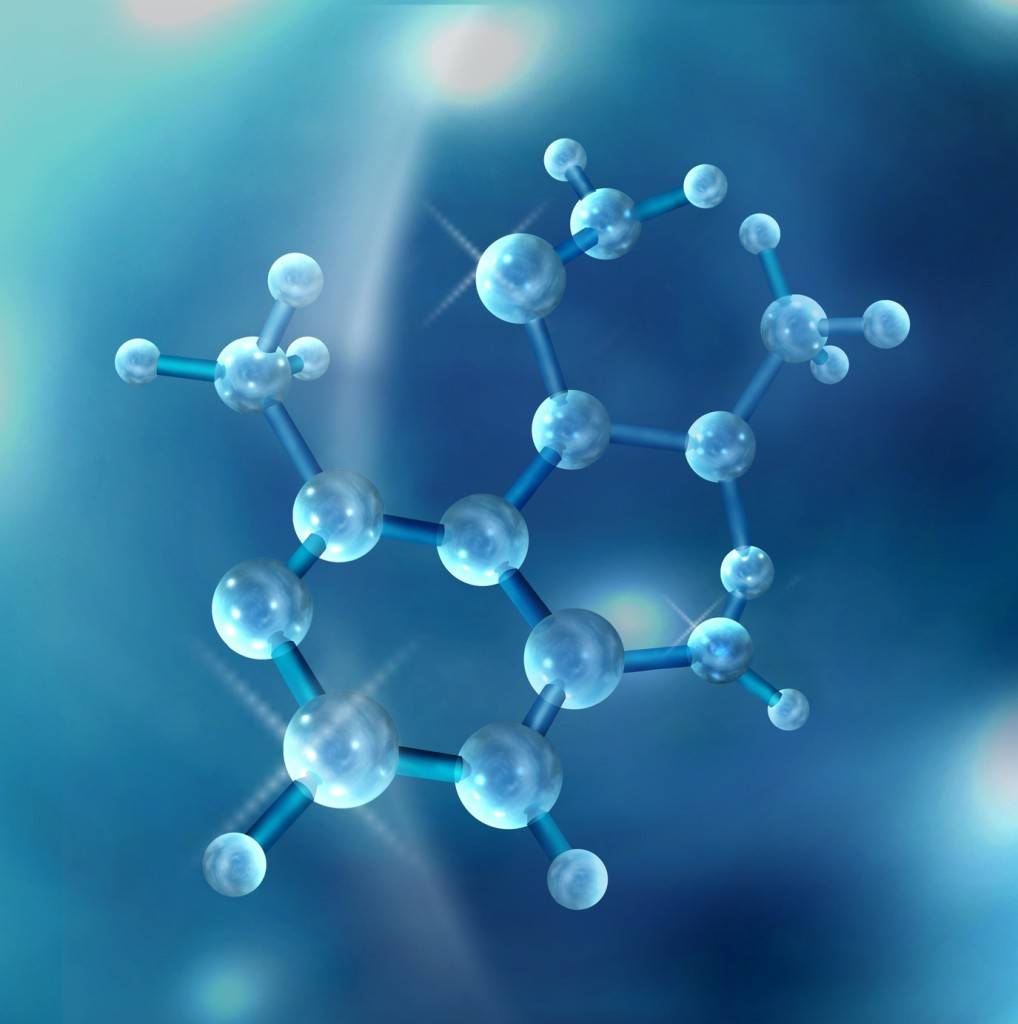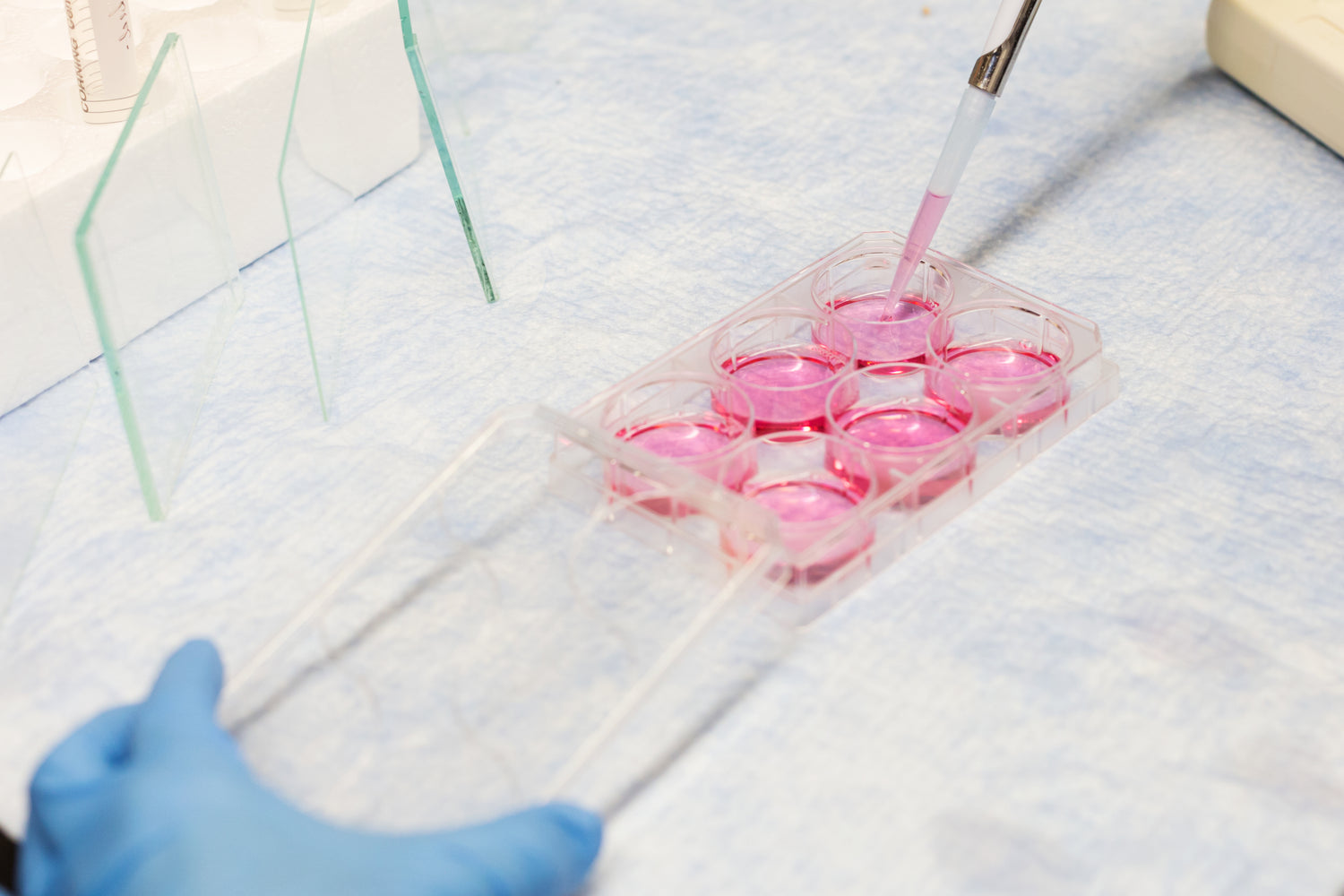Using the emulsion template method, high-quality oil gels based on pectin and egg yolk low-density lipoprotein were developed.
Two representative processing techniques, namely ultrasound and high-pressure homogenization, were employed to construct a stable emulsion structure of pectin/low-density lipoprotein. During the experiment, precise instruments such as laser particle size analyzer, rheometer, and microscope were used to conduct a comprehensive and detailed comparative analysis of the particle size distribution, apparent viscosity changes, microscopic structure morphology, contact angle size, and storage stability of the emulsions under the two processing methods. At the same time, equipment such as scanning electron microscope, dynamic rheometer, texture analyzer, and differential scanning calorimeter were utilized to deeply analyze the differences in morphology characteristics, rheological behavior, texture properties, and thermal behavior of the oil gels prepared by these two processing methods.

Compared with the emulsions processed by high-pressure homogenization, the emulsions prepared by ultrasound had smaller particle size, lower viscosity, smaller contact angle, and stronger storage stability. The ultrasound treatment enhanced the interaction between pectin and low-density lipoprotein, forming a more uniform and dense crystalline network, which could effectively retain more oil and thus form a stable oil gel. The oil gels prepared by ultrasound treatment had a stronger solid-like structure, higher strength, and less oil loss compared to those prepared by high-pressure homogenization. The ultrasound-treated oil gels significantly outperformed the high-pressure homogenization-treated oil gels in terms of texture and thermal properties.
The ultrasound treatment significantly enhanced the interaction between pectin and low-density lipoprotein through the cavitation effect and shear force generated by high-frequency mechanical vibration. This interaction promoted the formation of a more uniform and dense crystalline network, which was like a precise "molecular cage", capable of effectively retaining more oil and thus forming a structurally stable oil gel.








